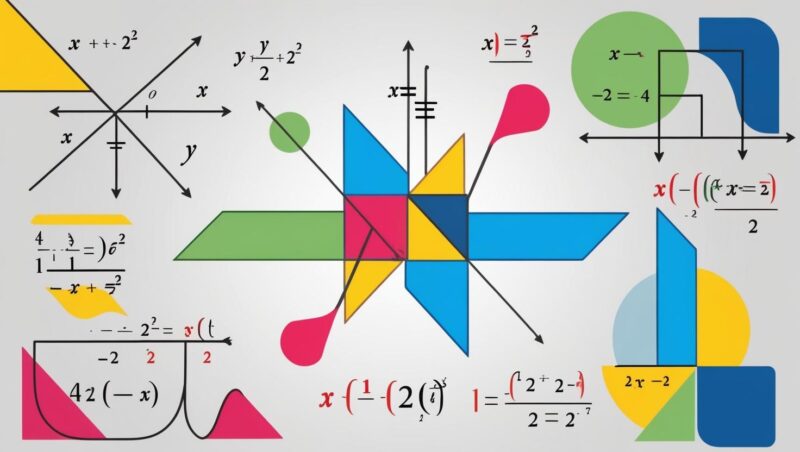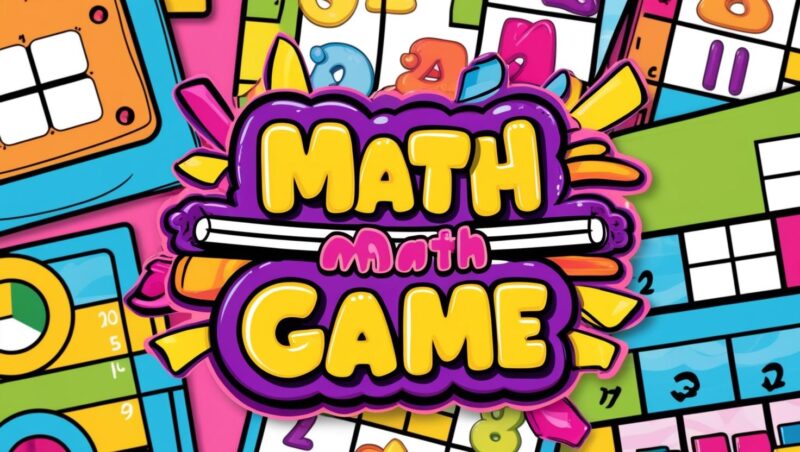
Share Post:
Posture plays a key role in student performance during math tasks. The way a student positions the body can affect focus, mental processing, and task completion speed. Classrooms continue to explore how physical setup influences learning outcomes, especially in subjects like math that demand high cognitive effort.
Educators have raised questions about seated and standing positions. Some schools provide different types of school tables, including standing desks. Others maintain traditional seating arrangements. Some mix both. Each layout brings different levels of physical support, but a deeper focus remains on how posture impacts brain activity during problem-solving.
Every section in this article will present scientific evidence, student feedback, and classroom-based results. The goal is to reveal how posture shapes speed, accuracy, and focus in math performance.
Solving math problems takes focus, memory, and step-by-step reasoning. Body position plays a clear role in how well those mental tools work.
When the body stays aligned, the brain gets better support. That connection shows up in research and in everyday classroom routines. Students tend to move through problems faster when posture works with them instead of against them.
Table of Contents
ToggleBody Position Influences Mental Processing
A slouched posture cuts oxygen flow. That drop affects alertness. Sitting upright keeps air moving and helps the brain stay clear. Better posture often means sharper thinking.
Students tend to feel more awake and less overwhelmed when they sit up straight. On the other hand, a collapsed position makes the body tired and the mind foggy.
Standing sounds like a good fix, but it brings a tradeoff. Standing keeps the body alert, but part of the brain focuses on balance and small movements. That shift can slow down problem-solving. The best results often come when posture stays stable and lets the mind do the heavy lifting.
Math Anxiety and the Role of Upright Sitting
Students who struggle with math sometimes freeze up or rush through steps. Posture affects that response. Sitting upright gives the body a signal of control. It builds calm and focus.
When students slouch or twist in their seat, that tension often makes their thinking more scattered. Confidence drops, and mistakes increase. Upright posture creates a stable base. That base gives students more control over pacing, logic, and outcomes during tough math tasks.
Research on Sitting vs Standing During Math Tasks

Math works well for these tests because it demands focus and quick, logical steps. What stands out across the board is that posture changes how fast and how well students can work through problems.
Study Insights from San Francisco State
University
One study out of San Francisco State University involved 125 college students. They had to do basic math tasks, like counting backward by sevens, while sitting upright and again while slouched. More than half of them said they did better sitting upright. That position gave them more clarity, especially students who usually feel nervous about math.
Slouching had the opposite effect. It slowed them down and made them second-guess. The more anxious a student felt, the more posture mattered. Sitting straight helped many of them stay calm and make fewer mistakes.
Findings on Movement and Concentration
Another group of researchers looked at how movement affects math. Students did problems while sitting, standing, and walking. The clearest results came from the sitting group. They worked faster and got more answers right.
Standing and walking made it harder to focus. The brain had to split its energy between staying balanced and thinking through math. That small shift pulled attention away from the task. Movement helps health, but in the middle of a math test, it can get in the way.
Why Seated Posture Supports Mental Accuracy
Sitting brings stability. The brain likes rhythm, especially during logic-heavy tasks like math. An upright seated position hits the sweet spot. It keeps the body still but engaged, without slipping into fatigue.
When students sit with steady posture, their minds stay locked in. There is no wasted energy. That simple physical setup makes a real difference in how clearly and quickly students can solve problems. Posture turns into part of the learning strategy.
Classroom Design and Its Impact on Learning

Desks, chairs, and layout either help students stay in the zone or pull their attention away. Once posture enters the picture, furniture is no longer about style or preference. It shapes how students approach learning, especially during math.
Physical Comfort and Focus in Learning Environments
Supportive chairs and desks at the right height make it easier for students to sit with good posture. That comfort removes a major source of distraction. When the body feels tense or cramped, focus slips.
Students in stiff or crowded setups tend to fidget more and solve problems more slowly. Standing desks help during slower lessons or class discussions, but math calls for a calm and steady mind. For anything that involves mental structure, physical ease makes a difference.
Types of School Tables and How They Shape Posture

Adjustable tables help students sit upright with less effort. Tables that are too low or too fixed cause students to lean, hunch, or twist. That makes focus harder to hold.
Group tables that curve or fan out look great for teamwork, but they often lead to poor posture. Narrow rectangular desks feel more stable, but only if the size fits the student. A badly matched desk leads to tension and slow progress.
Simple things like desk shape can silently influence how students perform in math.
Standing Desks in Practice
Many schools have started using standing desks to promote movement during the day. The goal often ties to health. Teachers and school leaders hope to reduce long sitting periods and boost physical activity in class. Some classrooms use them as part of a flexible setup where students can shift between sitting and standing. The bigger question stays focused on learning.
Do standing desks help when the work requires full attention, like during math?
Health Benefits vs Learning Efficiency
Standing desks help with blood flow and keep the body from feeling stiff. Students who sit too long often lose energy. Standing gives a quick physical lift. That small movement can help students stay alert. It may even help younger students manage restlessness.
The boost feels good in the body, but math brings a different demand. Solving problems in math takes steps, tracking, and careful thinking. That kind of work needs focus without split attention.
Standing might make the body feel active, but it can pull the brain away from the task. Posture that works for energy may not always support deep thinking.
Which Subjects Might Suit Standing Better
Standing fits better with subjects that allow more movement. Group work, short readings, or class discussions feel more natural in an upright position.
Language lessons, art projects, and presentations typically get more energy when students stand. They move, speak, and take part in the class more easily.
The Bottom Line
Research, classroom trials, and student feedback all point in the same direction. Seated upright posture supports the best math outcomes.
Standing offers health benefits and supports group activities, but it does not provide the stability required for solving detailed problems.
Students solve math faster and with fewer errors when their posture supports mental focus. Teachers can improve learning by choosing setups that match the task.
School furniture, including different types of school tables, plays a background role in shaping that posture.









